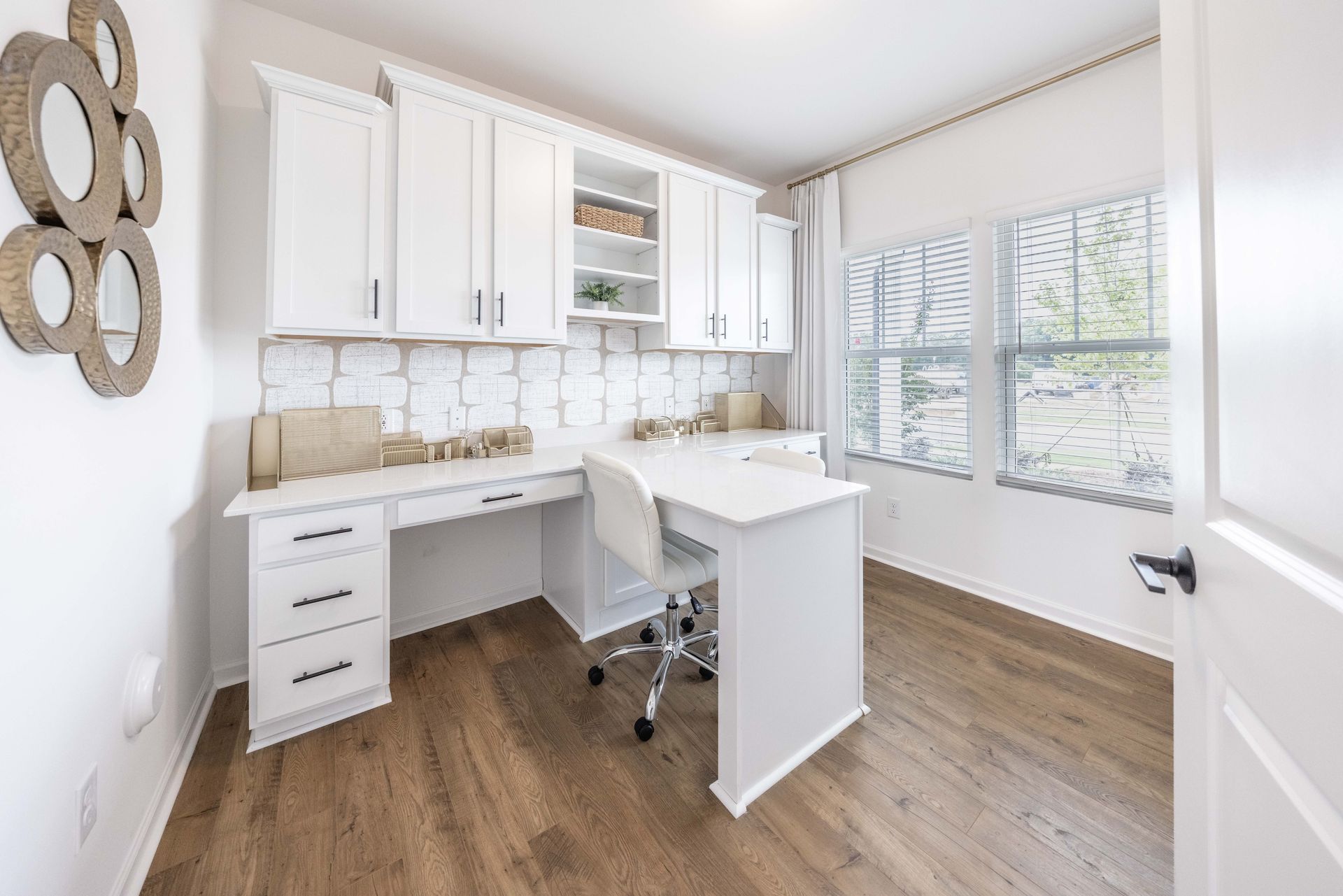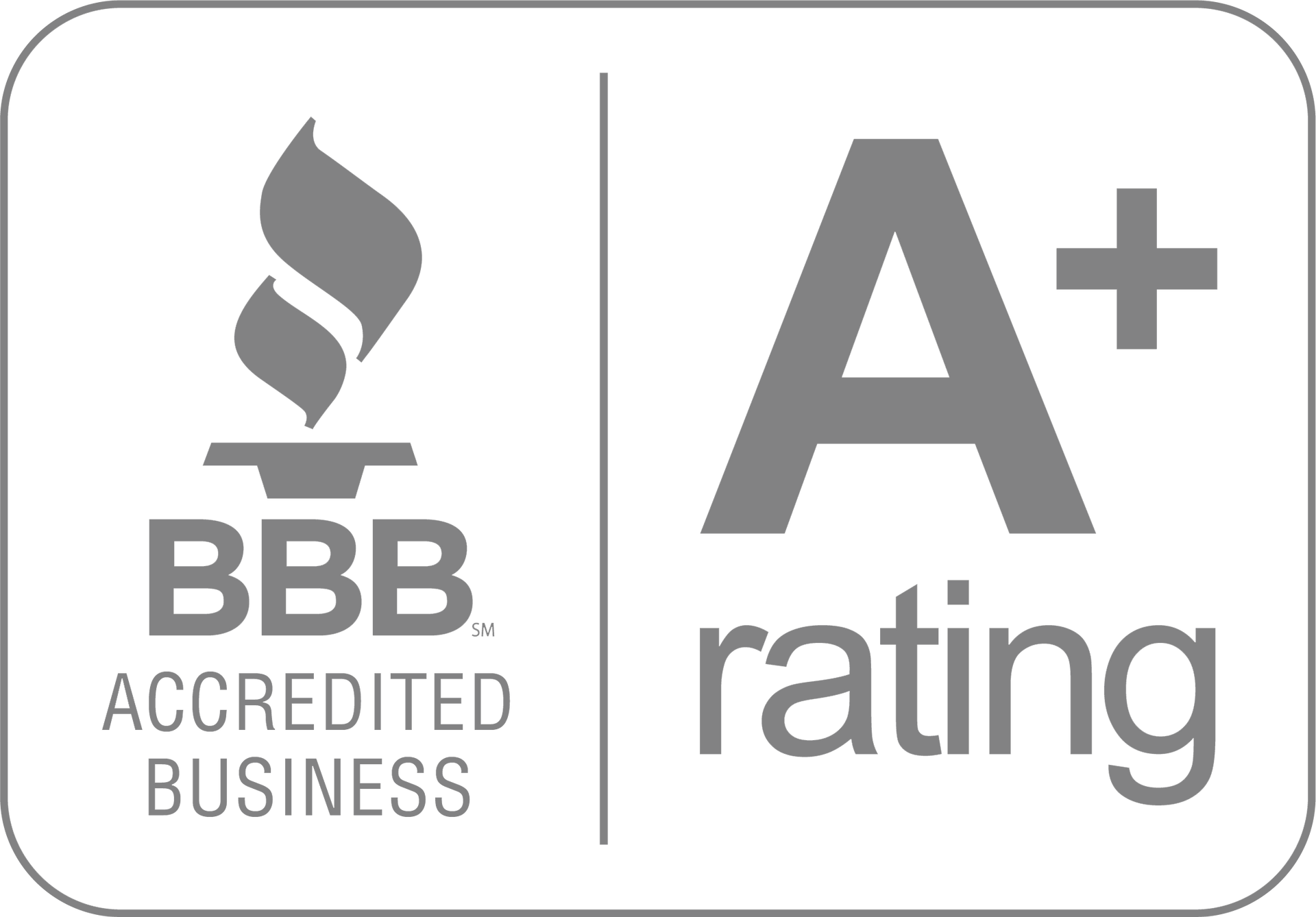How to Buy a House with Student Loan Debt in 2025
Student loan debt has long been viewed as a major obstacle to homeownership—but that doesn’t have to be the case anymore. While it’s true that monthly loan payments affect how much home you can afford, today’s mortgage guidelines and financial strategies offer more flexibility than ever. If you're wondering whether you can buy a house with student loan debt in 2025, the answer is yes—with smart planning.
According to financial expert Dave Ramsey, student loans can delay major life decisions like buying a home. However, he also emphasizes the importance of budgeting, strategic debt repayment, and long-term planning to reach financial freedom. Let’s explore how those ideas apply to your homebuying journey.
How Student Loan Debt Affects Mortgage Qualification
There are two primary ways student loan debt impacts your ability to buy a home:
1. Understanding Your Debt-to-Income Ratio for Mortgage Approval
Mortgage lenders use your DTI to evaluate how much of your monthly income goes toward debt. Most lenders prefer your total DTI—including your future mortgage payment—to be no more than 43% of your gross (pre-tax) income.
Example Calculation:
- Monthly income: $4,000
- Max total DTI (43%): $1,720
- This $1,720 must include all monthly debts: car payments, credit cards, and student loans—not utilities or childcare.
Even if your student loans are in deferment or under income-driven repayment (IDR) plans, lenders may still include estimated payments. However, since Fannie Mae and Freddie Mac updated their guidelines in mid-2021, many borrowers now qualify with lower calculated monthly payments—opening the door for more approvals.
2. Down Payment Challenges with Student Loan Debt
High student loan payments can make it harder to build up savings for a down payment or closing costs. Many first-time buyers delay homeownership because they feel they need 10–20% down—but that’s no longer the case.
With loan programs offering low or zero down payment options, like:
- VA Loans (0% down)
- USDA Loans (0% down in qualifying areas)
- Conventional Loans (3% down)
…homeownership can still be within reach even if your student loan payments are eating into your savings potential.
Plus, some lenders and state programs offer down payment assistance or grants designed specifically for buyers with moderate income levels, which can help bridge the gap.
How to Improve Your Mortgage Approval Odds with Student Loans
Refinance or Consolidate Student Loans to Lower Debt-to-Income Ratio
If you have multiple loans, consolidating them into a single lower-interest payment can significantly reduce your monthly debt load. This can improve your DTI ratio, making it easier to qualify for a larger mortgage.
Bonus Tip: Use a student loan calculator to explore refinancing options and terms from trusted lenders like Wells Fargo.
Lengthen the Repayment Period
Opting for a longer repayment schedule—even temporarily—can reduce your required monthly payment and free up room in your budget for a mortgage. You can still make extra payments to pay off your loan faster, but the lower required amount improves your qualification odds.
Pay Off High-Interest Debt First
If you’re carrying credit card or auto loan balances, those may be hurting your DTI more than your student loans. Eliminating a $300/month car payment could give you enough flexibility to afford a mortgage, even if your student loans remain.
First-Time Buyer Down Payment Assistance with Student Loans
One of the biggest myths is that student loan debt means you can’t afford a down payment. In reality, many mortgage programs allow for low or even zero down options:
- VA Loans: 0% down for veterans, active duty, and qualifying spouses
- USDA Loans: 0% down in rural and select suburban areas (use the USDA property lookup tool)
- Conventional Loans: 3% down with Fannie Mae HomeReady or Freddie Mac Home Possible
- First Responder, Teacher & Healthcare Loans: Some lenders offer niche low-down-payment options for community professionals
Talk to local mortgage lenders to see what first-time homebuyer programs or state-based grants may be available. Don’t assume you don’t qualify—explore!

Budgeting Beyond Mortgage Payments for First-Time Buyers
While it’s important to focus on qualifying for your mortgage, don’t forget about the true costs of homeownership:
- Maintenance & repairs
- Property taxes & insurance
- Utilities & unexpected expenses
Make sure your monthly budget leaves room for these costs, so you’re not stretched too thin after closing. Dave Ramsey recommends setting aside 1% of your home’s value annually for repairs and maintenance.
Yes, You Can Buy a Home with Student Loans – Here's How
At True Homes, we’ve helped many first-time buyers make the leap from renting to owning—even with student debt. The key is understanding how your loans impact your financing and making strategic moves to work within those limits.
Ready to start your journey? Talk to a mortgage lender today to explore your buying power and loan options. You might be closer to homeownership than you think.





